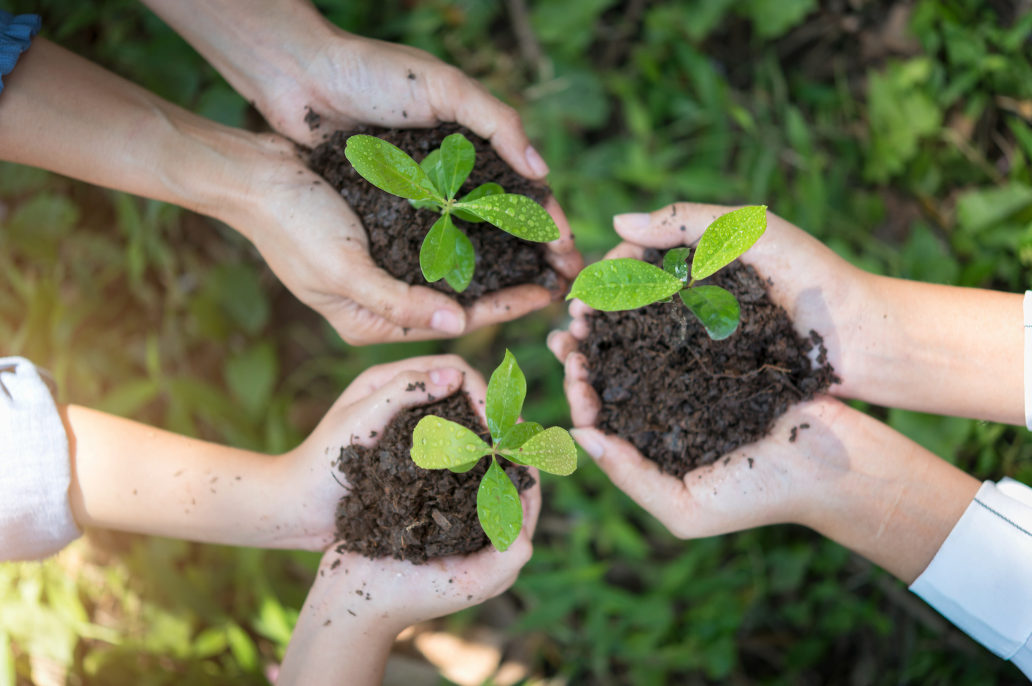Back in Action contains 23 herbs, including frankincense and myrrh.
Spotlight on Herbs: The Wisdom of Frankincense and Myrrh
Frankincense and myrrh are both tree resins, produced by harvesting sap and allowing it to harden, with long histories of use in perfumery and aromatherapy. They’ve also been part of Eastern herbal medicine — Chinese and Ayurvedic — for thousands of years. Recent studies by scientists at Cardiff University in Wales suggest their healing properties may include relief of arthritic pain, among other anti-inflammatory and antiseptic uses (see link below). At Herbalogic, we use frankincense and myrrh in our formula, Back in Action.
Frankincense "tears" are collected about three weeks after the bark is first cut. The fragrant herb has been used in Chinese medicine for millennia. Image credit: Third Coast Herb CompanyFrankincense (a.k.a. olibanum or Ru Xiang) comes from the harvested sap of several species of tree in the genus Boswellia. Historically, it's been traded on the Arabian Peninsula for about 5,000 years. The color of the resin ranges depending on purity, with the best being amber in color and opaque. Ancient Egyptians (those who could afford it) kept some frankincense burning in the background, inhaling the therapeutic smoke and using the charred ash in a cosmetic called kohl. If you’ve seen images of Cleopatra with dark circles above and around her eyes, that sooty eye shadow is kohl.
Myrrh is darker and more reddish than frankincense and is prized for its aroma. It was often used in religious ceremonies and funeral rites, including mummification. Image credit: Third Coast Herb CompanyMyrrh (a.k.a. Mo Yao), like frankincense, comes from extracting the sap or gum from a hardy tree, those in the genus Commiphora native to Ethiopia, Eritrea, Somalia, and Yemen. These oleoresins are soft and waxy at first, then become hard, glossy, and darker when allowed to cure. Its use in perfumes, sacred incense, and mummification in ancient times made the resin valuable, occasionally worth even more than gold. In Chinese medicine, myrrh is considered a “blood mover” and is recommended for arthritic and circulatory issues, especially when combined with frankincense. In Western medicine, myrrh has been added to mouthwashes and toothpaste, where its antiseptic properties help prevent gum disease.




